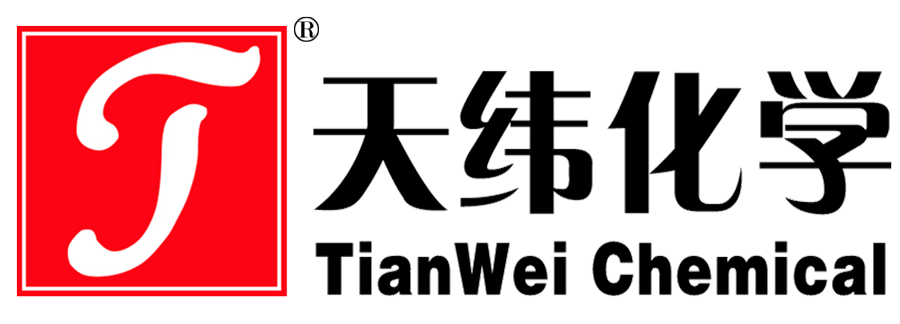What is the preparation of paint biocide?
What is the preparation of paint preservatives? Coating preservative refers to a kind of preparation which can inhibit the microorganisms causing rot in the coating and prevent the coating from demulsification. The raw materials of the paint (latex paint) include pigments, fillers, pastes, emulsions and resins, thickeners, dispersants, defoamants, flattening agents, film-forming additives, etc. These raw materials contain moisture and nutrients, which are highly susceptible to bacterial contamination, resulting in latex paint viscosity loss, corruption, gas production, demulsification and other harmful physical and chemical changes. In order to reduce the loss caused by microbial damage to a low degree and ensure the quality of latex paint products, it is absolutely necessary to carry out anti-corrosion treatment of latex paint as early as possible, and it is recognized that adding bactericidal preservatives to products is an effective method.
The correct use of bactericidal preservatives can ensure that the paint is not damaged by bacteria and algae, and an important factor in ensuring the quality of the paint during the shelf life. The bactericidal mechanism of most bactericidal preservatives is that the bactericidal agent contacts with microorganisms, denatures the proteins of microorganisms, reduces their cell activity, and promotes the death of bacteria.
Therefore, it is necessary to ensure that the bactericidal preservative is effective in sterilization, not only to ensure that the amount of the bactericidal agent is higher than the small bactericidal concentration (MIC) of the bactericidal agent, but also to ensure that the bactericidal agent is evenly distributed in the paint, so as to effectively kill the bacteria in various parts of the latex paint tank.
Under normal circumstances, bactericidal preservatives should not be less than 0.1% in the coating formulation, and should be appropriately increased under harsh environmental conditions, such as serious water quality or raw material pollution and hot ambient temperature. Canada's Nordes C15 antiseptic preservative, for example, is usually added to about one-thousandth of the product.
There are many kinds of preservatives used in coatings at home and abroad. In the early stage, the main organic mercury, organic tin, phenol and formaldehyde, etc., but due to the high toxicity to humans and animals, serious environmental pollution, some developed countries have banned their use.
At home and abroad, there has been a trend to use efficient, low-toxic, environmentally friendly coating preservatives, including isothiazolinone derivatives (such as: A combination of Nordes C15 antiseptic, benzimidazole esters (Nordes EPW), Dovisil-75, 1, 2-benzoisothiazolin-3-one (BIT) and other preservatives.




